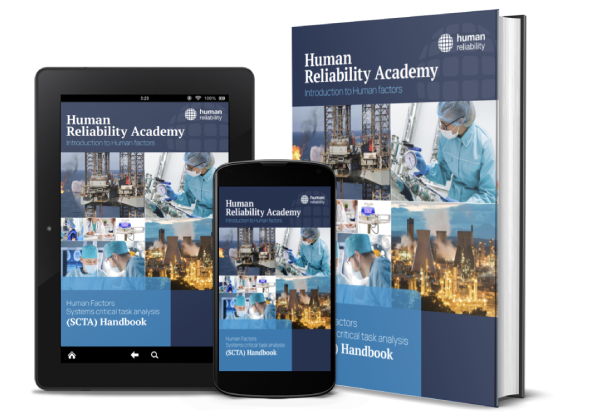Learn how our industry-leading SHERPA human factors software can improve safety, quality and efficiency across your business.

Oil, gas, chemicals, and power generation (conventional and nuclear) that need to be protected against Major Accident Hazards. (Regulator: HSE).

Pharma manufacturing where human-caused quality or manufacturing failures carry high costs. (Regulators: FDA, MHRA).

Defence and healthcare where systems have high exposure to potential human error hazards. (Regulators: MOD, MHRA, QCC).

Medical device design to maximise operability, minimise use error leading to medical accidents, and minimise device recalls and redesign.

Other sectors that want to reduce the risks of human error and optimise human performance for procedural tasks.
Easily generate Risk Matrices to indicate areas of greatest concern and prioritise risk management efforts.
Easily generate Risk Matrices to indicate areas of greatest concern and prioritise risk management efforts.
Graphically map safety or quality critical tasks as they are performed in practice, using interactive inputs from frontline staff.
Graphically map safety or quality critical tasks as they are performed in practice, using interactive inputs from frontline staff.
Identify potential failures through failure mode analysis and analyse the Performance Influencing Factors that affect their likelihood of occurrence.
Identify potential failures through failure mode analysis and analyse the Performance Influencing Factors that affect their likelihood of occurrence.

Easily switch between HTA and time line analyses to see the order of events, parallel activities, and to investigate timing issues.
Easily switch between HTA and time line analyses to see the order of events, parallel activities, and to investigate timing issues.
Systematically investigate the potential for human error at each step in the HTA, evaluate the factors that increase and reduce the likelihood of that failure, and identify improvements.
Systematically investigate the potential for human error at each step in the HTA, evaluate the factors that increase and reduce the likelihood of that failure, and identify improvements.
Investigate multiple causal factors that contributed to an incident, but also potential failures and vulnerabilities that could play a role in other incidents too.
Investigate multiple causal factors that contributed to an incident, but also potential failures and vulnerabilities that could play a role in other incidents too.
Want to see SHERPA in action and learn how it can support your organisation? Request a quick demo of our human factors software today.
Get the latest newsletter by signing-up today





This free 30 minute mini-course will introduce you to Human Factors, and how critical task reviews are used to improve the quality and safety of tasks and processes across different industries.
It’s free, informative and you’ll even get a certificate of completion.


This short and engaging handbook provides a great overview of Human Factors Systems Critical Task Analysis (SCTA) and how it helps people across sectors reduce error and improve human performance.
SCTA can help keep people safe and delivers value.


Popular Pages

© Human Reliability 2025.
1 School House, Higher Lane,
Dalton, Lancashire,
WN8 7RP, UK.
T: +44 (0) 1257 463 121
E: [email protected]